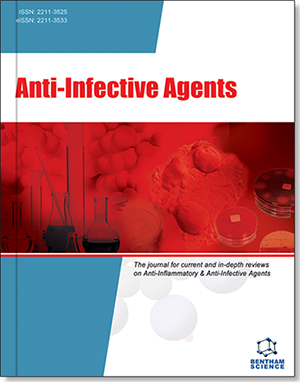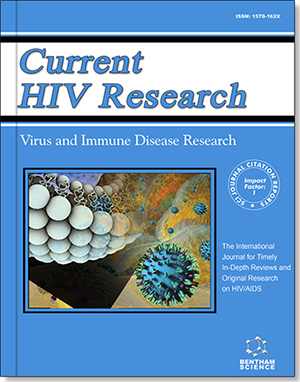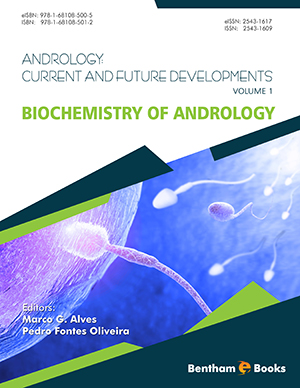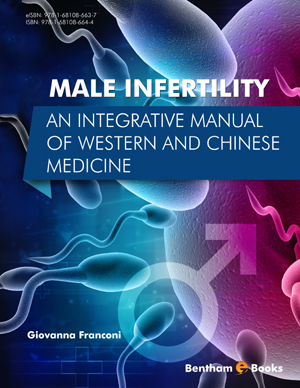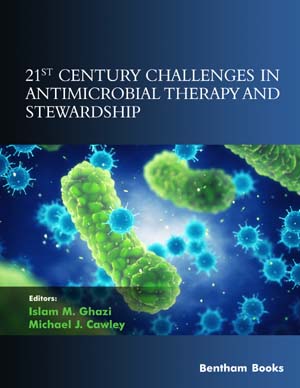Abstract
• Although acute cellular and chronic rejection can lead to graft loss, early acute rejection has no impact on long-term graft function and recipient survival.
• Intensive immunosuppression is required in the first months after LT, when the risk of rejection is highest. A combination of immunosuppressive agents (most commonly a combination of steroids, a calcineurin inhibitor, and mycophenolate mofetil) is preferred to avoid high doses and collateral effects of each drug.
• Immunosuppression should be minimized after LT for hepatitis C related cirrhosis(due to the effect of increasing viral replication and progression of fibrosis) and for HCC, mainly in cases of recurrence (because immunosuppression accelerates tumor progression). Conversely, the level of immunosuppression should be higher after LT for autoimmune diseases.
• Long-term immunosuppression increases the risk of malignancies (skin tumors are the most frequent malignancies) and other collateral effects, such as nephrotoxicity (mainly related to calcineurin inhibitors), diabetes, neurotoxicity, and osteoporosis.

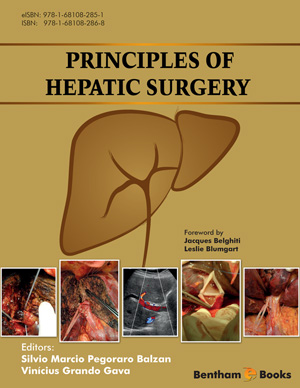
 Download PDF Flyer
Download PDF Flyer





